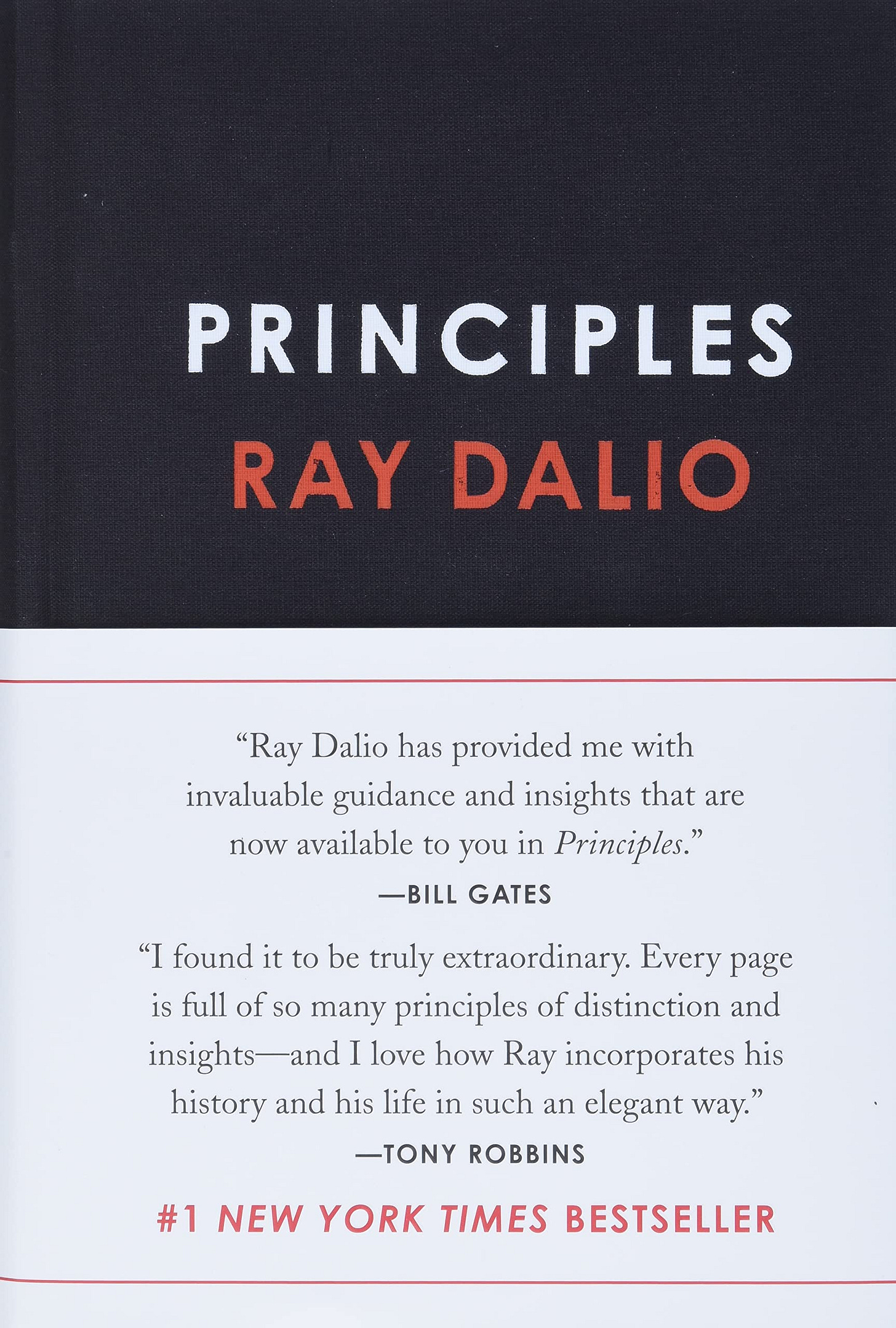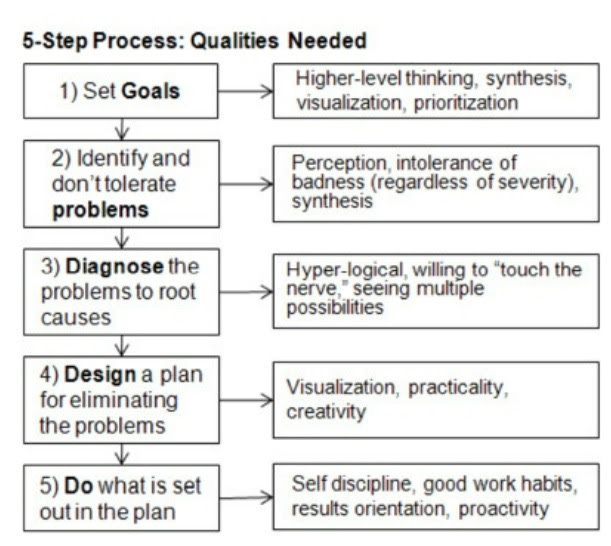How to get what you want out of life
Introducing a new newsletter from NextBigWhat's Ashish
Hey
Hope you are having a great weekend.
I am the founder of NextBigWhat and happy to introduce to you, a new newsletter that brings you atomic ideas from the world’s best non-fiction books (spanning many interest areas across productivity, relationships, science to well, office politics as well😎).
📅Delivered every Wednesday and Saturday, each edition of the newsletter will bring you one short, atomic idea curated from a book. Ideas that you can instantly implement, ideas that help you improve your current state.
Note that this isn't a book summary at all (they often tend to lose context and depth).
Your first three editions of the newsletter are on me (as a trial)- we will go paid after that (we are charging a minimal subscription amount). Note that the ones who had bought CHAI newsletter subscription, we will move your subscription to this newsletter.
Done with talking - let’s get into action :) Here goes the first edition 👇
How to get what you want out of life
By Ray Dalio (from the book, Principles).
My notes: We all (atleast theoretically) know how to achieve what we want in life. But practically speaking, we need to go way deeper and put a framework towards achieving our goal and live up to our max potential. Ray Dalio offers one such framework. It's worth a try. Most importantly, he mentions how to use the framework and that's completely worth sharing.
First, you have to choose your goals, which will determine your direction. Then you have to design a plan to achieve your goals. On the way to your goals, you will encounter problems. To figure out how to get around these problems you must be calm and analytical to accurately diagnose your problems.
This is the process of personal evolution, which Ray Dalio call 5-Step Process. In other words, “The Process” consists of five distinct steps:
1. Have clear goals.
To achieve your goals you have to prioritize, and that includes rejecting good alternatives
Avoid setting goals based on what you think you can achieve. don’t rule out a goal due to a superficial assessment of its attainability.
Do not confuse “goals” and “desires.”
2. Identify and don’t tolerate the problems
On the way to achieving your goals and executing your design, you will encounter problems that have to be diagnosed, so that the design can be modified to get around these obstacles. That’s why you need to identify and not tolerate problems
The more painful the problem, the louder it is screaming. In order to be successful, you have to 1) perceive problems and 2) not tolerate them.
Don’t confuse problems with causes.
“I can’t get enough sleep” is not a problem; it is a cause of some problem. What exactly is that problem? To avoid confusing the problem with its causes, try to identify the suboptimal outcome.Once you identify your problems, you must not tolerate them
3. Accurately diagnose these problems.
You will be much more effective if you focus on diagnosis and design rather than jumping to solutions.
Understand the difference between root cause and proximate cause.
Proximate causes typically are the actions or lack of actions that lead to problems—e.g., “I missed the train because I didn’t check the train schedule.” So proximate causes are typically described via verbs.
Root causes are the deeper reasons behind the proximate cause: “I didn’t check the schedule because I am forgetful”—a root cause.
4. Design plans that explicitly lay out tasks
Pain + Reflection = Progress (Tweet this)
Most of the movement toward your goals comes from designing how to remove the root causes of your problems
Creating a design is like writing a movie script in that you visualize who will do what through time in order to achieve the goal. Visualize the goal or problem standing in your way, and then visualize practical solutions.
Designing is very important because it determines what you will have to do to be effective.
5. Implement these plans—i.e., do these tasks.
This is where your work habits and discipline matters.
"I believe the importance of good work habits is vastly underrated" - Ray Dalio.
Notes from Ray Dalio on following this framework
1) You must approach these as distinct steps rather than blur them together.
For example, when setting goals, just set goals (don’t think how you will achieve them or the other steps); when diagnosing problems, just diagnose problems (don’t think about how you will solve them or the other steps).
2) Each of these five steps requires different talents and disciplines. if you recognize your weaknesses and design around them
3) Answer this: what is your biggest weakness that stands in the way of what you want.
Most people don’t go looking for their weaknesses because of “ego barriers”.
Ending the edition with a parting quote by Ray Dalio.
By and large, life will give you what you deserve and it doesn’t give a damn what you “like.” So it is up to you to take full responsibility to connect what you want with what you need to do to get it, and then to do those things—which often are difficult but produce good results—so that you’ll then deserve to get what you want. - Ray Dalio.
Buy the book.
I'd love to get your feedback / ideas on the newsletter. If you like what you read, do subscribe to the paid version.
Cheers
Ashish Sinha



